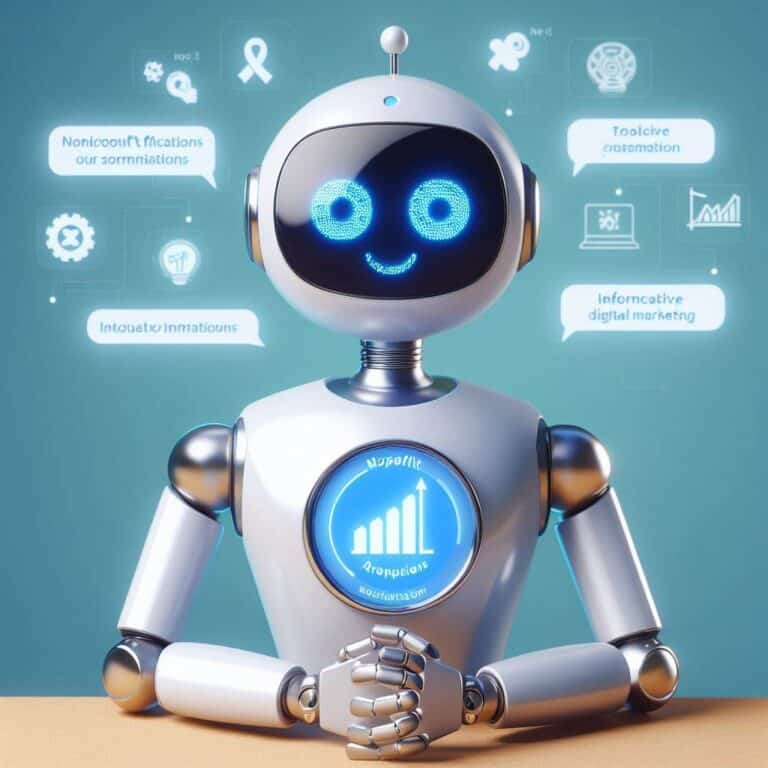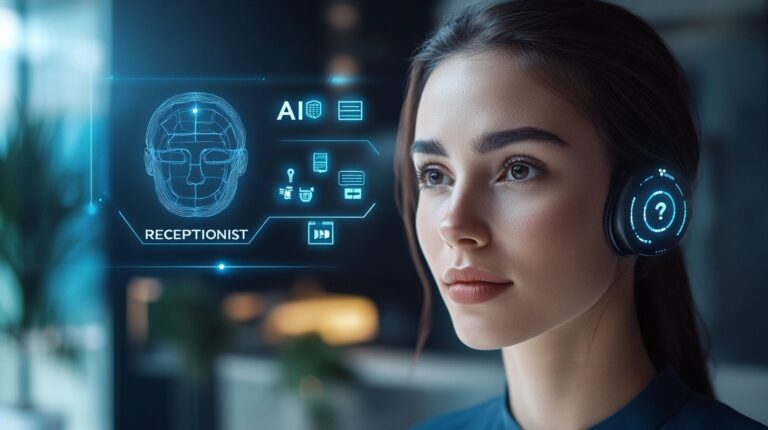How to Build a Powerful Hyper-Personalized Marketing Strategy with AI
Today’s customers demand more than generic advertisements and one-size-fits-all marketing strategies. They expect brands to understand their unique preferences, behaviors, and needs. This is where hyper-personalized marketing, powered by artificial intelligence (AI), comes into play. By leveraging AI and advanced analytics, businesses can craft tailored experiences that resonate deeply with individual customers, driving engagement, loyalty, and conversions.
What is Hyper-Personalized Marketing?
Hyper-personalized marketing goes beyond traditional personalization techniques. While traditional methods might segment customers into broad categories based on demographics or location, hyper-personalization uses AI gents to analyze real-time behavioral data, purchase history, browsing habits, and more to create individualized marketing experiences. This approach ensures that every customer interaction feels relevant and meaningful.
Why is AI Essential for Hyper-Personalization?
AI is the backbone of hyper-personalized marketing. It processes vast amounts of data from multiple touchpoints—websites, social media marketing, mobile apps, and CRM systems—to uncover patterns and insights that humans cannot easily detect. Here are some key ways AI enables hyper-personalization:
- Data Integration and Analysis: AI consolidates data from various sources to create comprehensive customer profiles. This unified view allows marketers to understand customer preferences and behaviors in depth.
- Predictive Analytics: By analyzing past interactions, AI can predict future customer behavior. For example, it can anticipate which products or services a customer might be interested in next.
- Real-Time Decision Making: AI enables marketers to make instant decisions based on real-time data. This could involve dynamically altering website content or recommending products tailored to the user’s current preferences.
- Generative AI for Content Creation: Generative AI tools can create personalized content such as promotional offers, shopping guides, or chatbot responses that align with individual customer needs.
Steps to Build a Hyper-Personalized Marketing Strategy with AI
1. Lay the Foundation
- Define Your Goals: Start by identifying what you aim to achieve with hyper-personalization—whether it’s improving customer retention, increasing conversion rates, or enhancing the overall customer experience.
- Invest in Data Management: Implement AI-ready data management tools to gather and organize first-party data effectively.
- Ensure Data Privacy Compliance: Adhere to data privacy regulations like GDPR or CCPA while collecting and using customer data.
2. Leverage Advanced Customer Segmentation
- Use AI-powered tools to segment customers into highly specific groups based on real-time data rather than relying on broad demographic categories.
- Create detailed Ideal Customer Profiles (ICPs) by combining internal data (e.g., purchase history) with external sources (e.g., social media activity).
3. Implement Predictive Analytics
- Use predictive algorithms to forecast customer needs and behaviors. For instance, recommend products based on browsing history or offer discounts tailored to purchasing patterns.
4. Automate Content Personalization
- Deploy generative AI tools like Jasper or ChatGPT to create custom marketing campaigns quickly and efficiently.
- Personalize content across multiple channels—emails, websites, social media, and even in-store experiences—to ensure consistency and relevance at every touchpoint.
5. Optimize Marketing Channels
- Use AI tools to identify the most effective channels for reaching specific customer segments. For example, some customers may respond better to email campaigns, while others prefer social media ads.
- Dynamically allocate resources across channels based on real-time performance metrics.
6. Test and Iterate
- Continuously measure the impact of your hyper-personalized campaigns using performance tracking tools.
- Refine your strategy by incorporating feedback loops where AI learns from each interaction to improve future recommendations.
Benefits of Hyper-Personalized Marketing with AI
- Enhanced Customer Experience: Tailored messages make customers feel valued and understood, fostering stronger emotional connections with the brand.
- Higher Conversion Rates: Personalized offers are more likely to resonate with customers, leading to increased sales and better ROI on marketing campaigns.
- Improved Customer Retention: Consistently delivering relevant content builds trust and encourages repeat business.
- Optimized Marketing Spend: Targeting the right audience with precise messages reduces wasted resources and maximizes efficiency.
Challenges and How to Overcome Them
- Data Quality Issues: Ensure that the data fed into AI systems is accurate, up-to-date, and unbiased to avoid flawed insights.
- Balancing Automation with Human Oversight: While AI can handle many tasks autonomously, human intervention is often needed for creative decision-making and ensuring ethical practices in personalization efforts.
- Data Privacy Concerns: Be transparent about how customer data is used and implement robust security measures to protect sensitive information.
Real-World Applications of Hyper-Personalization
- E-commerce: Amazon uses AI-driven recommendation engines to suggest products based on browsing history.
- Streaming Platforms: Netflix personalizes its content recommendations using viewing patterns.
- Retail: Coca-Cola has employed generative AI for city-specific ad campaigns that reflect local culture.
Conclusion
Hyper-personalized marketing powered by AI is transforming how businesses connect with their customers. By leveraging advanced analytics, predictive algorithms, and generative content tools, brands can deliver unique experiences that drive engagement and loyalty. However, success requires a well-thought-out strategy that integrates quality data management, ethical practices, and continuous optimization.
As technology evolves further, hyper-personalization will become not just a competitive advantage but a necessity for businesses aiming to thrive in an increasingly digital world.







